History
Question while you read: Is ocean pollution actually a problem?
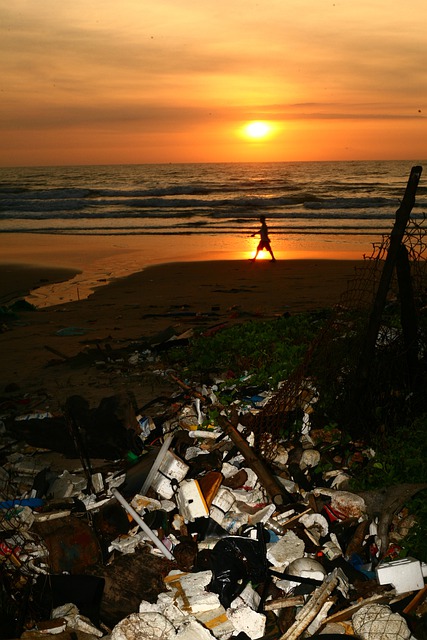
Quick Jump
|
• |
The Problem |
|
• |
How it Began |
|
• |
Problems Arising |
|
• |
Early Solutions |
|
• |
Newer Solutions |
|
• |
More Pollution |
|
• |
How's Marine Life Doing? |
|
• |
Is Marine Life Really Dying? |
|
• |
Is it Over Yet? |
|
• |
Video |
The Problem
Marine life is dying because of trash in the oceans that we, humans, have done to pollute their environment. This is still an issue even though people are trying to find ways to help. The trash is harming the sea life by polluting the environment and if any animal ingests some of this garbage they will be severely injured if they’re lucky enough to not die. People need to reverse this issue that we have caused.
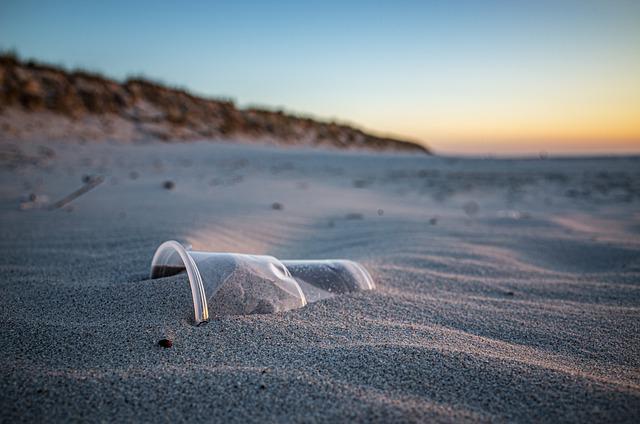
How it Began
You may be wondering how we even got to that point, so let me rewind this a little bit. People used to just dump materials off of their boats, but it wasn’t really a problem because the materials were all natural and would sink down to the bottom or they would be biodegradable and be gone soon enough. Although, problems started arising whenever heavy rains began to overflow sewer systems and trash and carry it off into the waters. The waste people dumped into the ocean wasn’t natural anymore, it had plastics and other materials that are durable and long-lasting, which is great for human-use but not good for the environment.
Problems Arising
In 1975, the National Academy of Sciences estimated that 14 billion pounds of trash was being dumped into the ocean every year. If you work out the numbers, that comes to more than 1.5 million pounds of garbage being put into the ocean every hour. Not only this, but approximately more than 85% of that garbage was from the world’s merchant shipping fleet in the form of cargo-associated wastes.
Early Solutions
In the last few days of the year 1988, there was a law put into place that made dumping plastics into the ocean illegal. Although, this isn't exactly easy to enforce, so the problem still existed. This law also prohibits people from dumping other materials into the water closer to the shore. Thankfully, this is a bit easier to enforce and there’s less trash being dumped by the seashore.
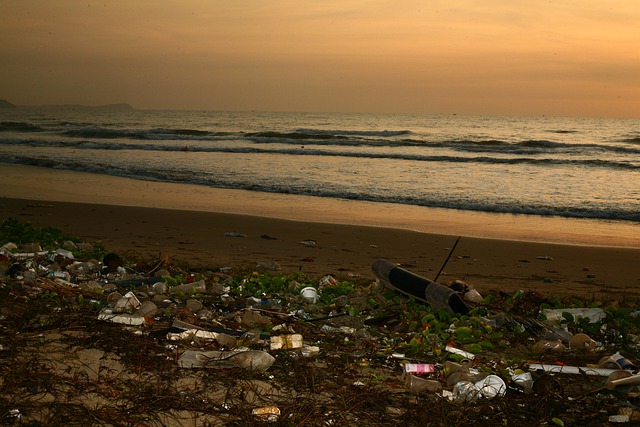
Newer Solutions
The plastics industry has decided to help out with the issue, so they have been taking measures to reclaim plastic resin pellets that often get lost during transport or production. The Society of the Plastic Industry has produced numerous public service ads for trade magazines, and was a strong supporter of MARPOL Annex V. The Center for Marine Conservation has been coordinating coastal cleanups since the year of 1986. (The first nationwide cleanup took place in the year of 1988, which is just four months before the MARPOL treaty took effect. Canada and Mexico joined in on the act in 1989.) The CMC also keeps precise track of all the trash that is collected. Data cards list 85 garbage items in eight separate categories: plastic, styrofoam, glass, rubber, metal, paper, wood and cloth. During the 1993 coastal cleanup, over 3.1 million pounds of debris was collected, and more than half of that was plastic. The plastic industry is also trying to make their plastic more degradable, and they’re experimenting with different materials to attempt to make this possible. One is biodegradable which allows other organisms, like bacteria, to feed on the plastic and break it down. The other type is photodegradable which breaks down the plastic if it’s in the sunlight for extended periods of time. Both of these methods aren’t exactly great solutions though, since both get broken down into smaller pieces which is even more dangerous for marine life since they will be able to eat it easier than before. One of the best methods today is beach cleanups, since they’re able to get rid of the debris that is polluting the ocean, and allows less animals an opportunity to ingest the trash.
More Pollution
Sadly, boat dumping and trash on the beach isn’t the only problem here. Mercury pollution into the oceans is actually an issue too. This comes from coal combustion from when coal is burned and mercury enters the atmosphere and then eventually it will go down into the waters. Then, the water has mercury pollution. Not only this but there’s chemicals that are polluting the water too. These are manufactured chemicals that are actually harmful to the environment, marine life, and humans. Mercury pollution has the same effect as well. There’s also such a thing as harmful algal blooms, which is known as HAB. That may be a shocker, since algae is supposed to be good for the environment, right? Well, too much algae damages it instead. This occurs whenever toxin-producing algae grows exponentially in the ocean. Then after there’s an excessive amount of algae, it becomes harmful to the environment. Another problem that’s happening that’s making matters worse is climate change. Due to the rising of temperatures because of things like fossil fuels, gas, oil, and coal there’s too much carbon dioxide in the atmosphere which causes more microbes in the ocean that cause diseases that kill off marine life.
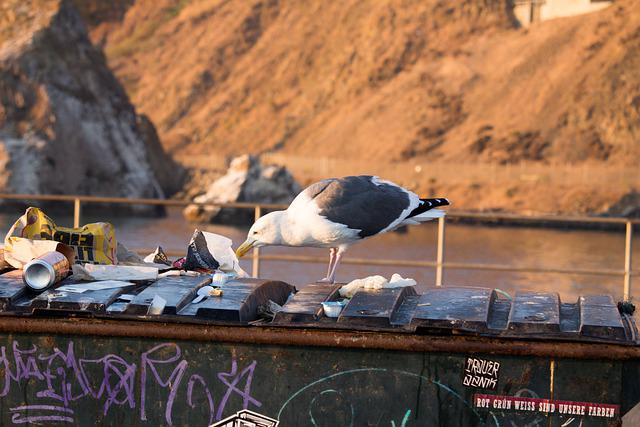
How's Marine Life Doing?
Honestly, not well at all. All of the pollution has really hurt many species around the globe. Marine life had nothing to do with the issue, except being hurt from it. Sea turtles, dolphins, fish, sharks, whales, and seabirds are just some of the animals that are being affected by all of this pollution. In the North Pacific, fish ingest anywhere from 12,000 to 24,000 tons of plastic every single year. It’s estimated that 60% of seabirds have ingested plastic of some type before and most of them die from that. People sometimes even find seabirds dead with plastic in their stomachs. Sea turtles, like other marine animals, very easily make the mistake of thinking that plastic or other marine litter is food. Then, these creatures may not eat because they believe they have already eaten and they feel full and then they die. Research shows that about half of all sea turtles all around the world have ingested plastic before. Not only this, but marine life, along with the sea turtles, all suffer from getting tangled up in the plastic and other debris which causes them to die from starvation, or a predator will get them instead, although that’s only if they aren’t the apex predator in their habitat. Overall, marine life has been suffering, and so have we. We really need to make a difference.
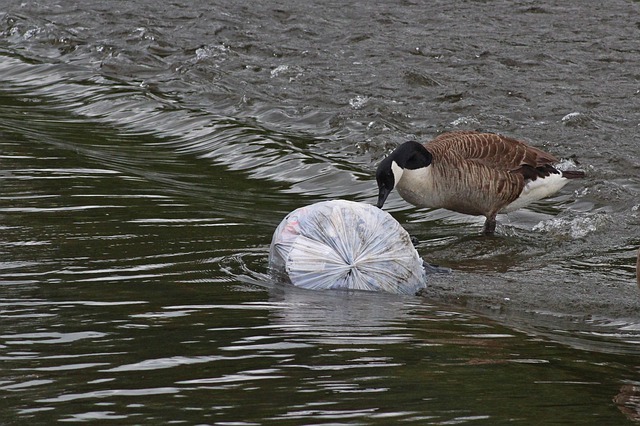
Is Marine Life Really Dying?
The simple answer is, yes. Many marine animals and the environment they live in is suffering. Sadly, every year over 1 million marine animals are killed because of plastic debris in our oceans. It’s saddening that so many people don’t believe that ocean pollution is an actual problem.
Is it Over Yet?
Not yet, but hopefully in the future. People today are still trying to find ways to fix the problems we’ve made. There’s still hope for our oceans, our marine life, our world, and for us to fix what we’ve done. Will you help redeem our species?
Video
Here is a short video from Pixabay that shows some of the pollution that is going on in our oceans

